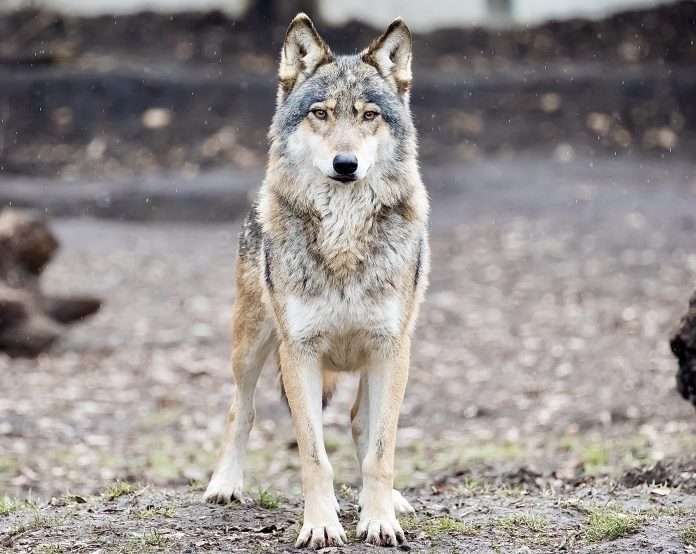
New DNA Test Confirms That An Endangered Wolf Thought To Be A Coyote Was In Fact Killed In New York State By A Hunter Last Year
By Lauren Lewis
You can help all animals and our planet by choosing compassion on your plate and in your glass. #GoVeg
RELATED ARTICLES
10 Million Lambs Die Every Year In Australia For Global Wool Production
Spring has always been synonymous with birth, renewal, and growth; however, a recent report reveals that Australian lambs are dying at an astronomical rate.
The...
Undercover Investigation By Lady Freethinker Exposes Shocking Cruelty In Dog & Cat Meat Trade In Vietnam
Photos by Lady Freethinker
A new undercover investigation by animal protection group Lady Freethinker into the dog and cat meat trade in Hanoi, Vietnam, reveals...
$10,000 Reward Offered For Information On Bald Eagle Shot In Utah & Subsequently Euthanized
The Center for Biological Diversity announced a $10,000 reward last week for information leading to a conviction for the illegal shooting of a bald...
Popular stories
Industry News
Breaking! Jeff Bezos Launches $10 Billion Dollar Bezos Earth Fund To Help Fight Climate Change & Save Our Planet
Amazon CEO and noted billionaire, Jeff Bezos, took to social media today to share the news that he is launching a new 10 billion...
The Wild Animal Sanctuary Is Helping To Protect Wild Horses In Colorado By Acquiring 22,450 Acres Of Land So They Can Roam Free
The Wild Animal Sanctuary announced last week that it recently acquired a large parcel of land located in northwest Colorado not far from the historic town...
Breaking News
Federal Officials Deny Proposal For The Reintroduction Of Endangered Jaguars Back Into The Southwestern United States
The U.S. Fish and Wildlife Service has rejected a petition from the Center for Biological Diversity to reintroduce jaguars to the Gila National Forest...


